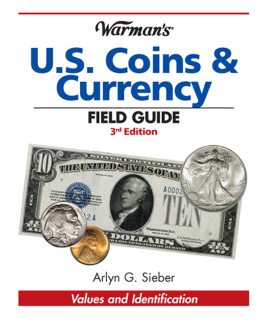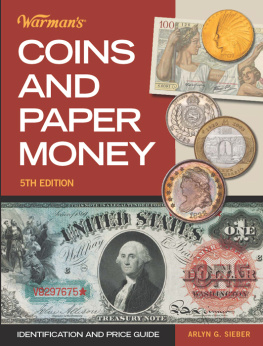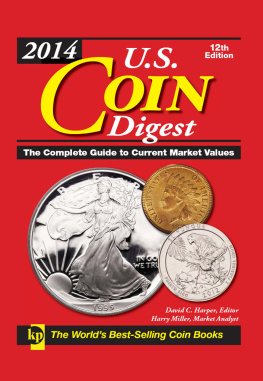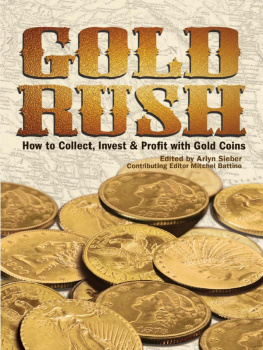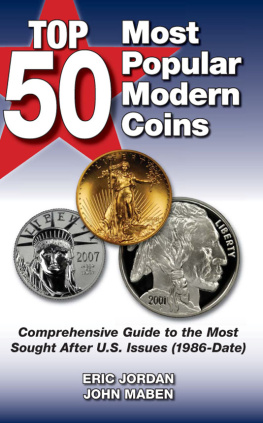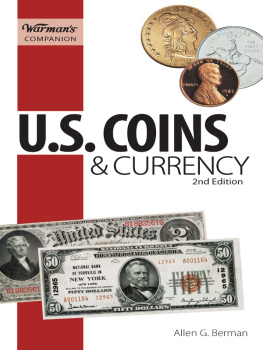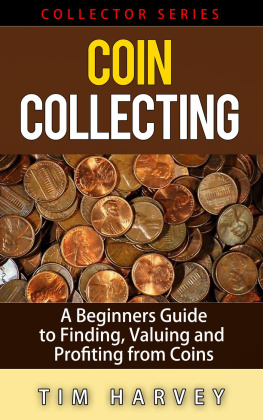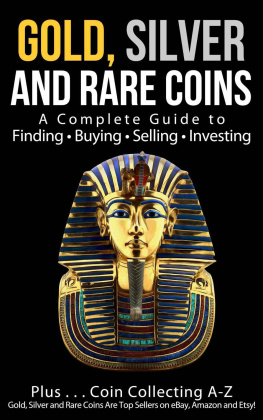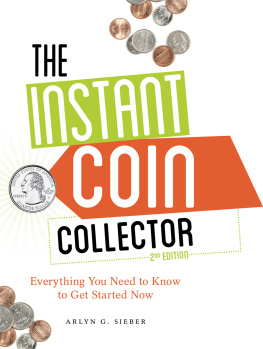Special thanks to the following for providing the spectacular color photography that made this book possible:
Heritage Numismatic Auctions, Inc.
3500 Maple Ave., 17th Floor
Dallas, TX 75219-3941
214-528-3500
800-US COINS (872-6467)
http://coins.ha.com
Chester L. Krause
INTRODUCTION
Warman's U.S. Coins & Currency Field Guide, 3rd Edition provides a quick overview of the hobby and a general feel for the background, characteristics, and values of each of the common categories presented in an easily portable format. Because this book is only an introduction to the subject, only brief information is given on early coins and paper money. Photos and listings focus on items from the early 1800s and later, which are the items most likely to be encountered today.
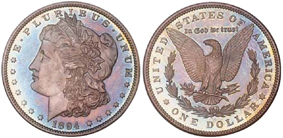
1894 Morgan Dollar
WHY COLLECT?
There are as many different ways to collect coins and paper money as there are individual, creative collectors. But most of these collectors are motivated by one or more of several common goals:
Fun: Many collectors are excited by the thrill of the hunt. They enjoy the challenge of chasing down the date or mintmark they need to complete a series, or even part of one. Many people call just the first or last part of a series a short set, and its completion can be a satisfying milestone on the road to completing a more difficult series.
History: Many history buffs collect coins. Coins are among the most commonly available artifacts of the past. Unlike stamps, which were not introduced until the 1840s, coins and paper money of some sort from the early days of colonial settlement in North America are available. Just think of owning a Carson City silver dollar from the Old West or a pine tree shilling once spent by one of the original Pilgrims.
Art: Coins and paper money are great ways to learn about artistic trends and are much more affordable than many other forms of art. Many admire the quality of engraving by such masters as Augustus Saint-Gaudens or James Earle Fraser. Since the 1980s, even modern art has had its place on American commemoratives.
Relaxation: Any absorbing hobby can provide hours of relaxation. Everyone can appreciate a few hours of quiet diversion, an escape from the mundane cares of the world.
Investment: Some collect primarily as an investment, expecting that the coins they buy will increase in value over the years. Not all coins increase in value, especially inexpensive ones. It is a challenge to predict the ones that will. Still, many have profited from collectible coins, especially if the coins are popular and correctly graded. Investment may also be a secondary motive for those who collect for other reasons. The decision to buy a Morgan dollar may be based on fun; the decision to buy one in a particular grade may be based on its investment potential.
WHAT TO COLLECT
With all the different approaches to collecting, most collectors in North America started their hobby the same way: by assembling a series of coins from pocket change. Longtime collectors still check the Lincoln cents in their change, hoping to find a date needed to fill a hole in a folder. The lowly Lincoln cent still gives them a sense of where they have been in their collecting journey and how they got there. The U.S. Mint's 50 State Quarters program has also renewed interest in collecting coins from circulation.
Of course it doesn't take long before collectors ask what other coins and paper money are available besides those in their pockets. There are not only the older issues, long hoarded out of circulation, but also new special issues, struck sparingly and sold by the Mint at a premium to collectors. Despite the natural inclination to specialize right away, it is probably wise not to do so too soon. Exploring many different types of coins and paper money can lead to exciting fields you may not discover if you decide to confine your interests too soon. Eventually most collectors do specialize, but it's good to explore first the wide range of available material. This field guide can help in that process.
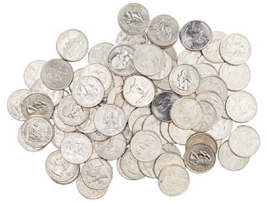
The 50 State Quarters program provided a new opportunity to collect coins from circulation.
Collectors whose primary interest is history often choose to focus on a particular era or country. They might seek one coin from each king of England or France, or as many different types of paper money as one can from a particular era as they can afford. On the other hand, if you are a fan of technology, understanding how coins are made may interest you. You may hopscotch across the centuries to see how technology evolved from hammering to roller dies to screw presses to electric power. Studying error coins is one of the best ways to understand how coins are made, and error-coin collectors are less often deceived by counterfeits because of that knowledge.
Collectors who focus on art will, of course, follow their own tastes. Many who favor classic styles seek the coins of ancient Greece or the U.S. silver and gold issues introduced during President Theodore Roosevelt's administration. Those who like progressive trends in modern art will certainly find 20th-century European coinage interesting. Some collectors focus on what is depicted rather than the style. For example, many collectors focus on collecting coins and paper money depicting favorite animals or ships.
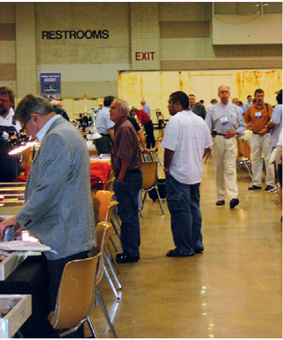
Coin shows big and small bring together collectors and dealers.
Coin collecting can be inexpensive; it can also be costly, depending on your goals. Set your sight on coins that you can afford. If you can afford only one coin of a particular series a year, the waiting will soon take the enthusiasm out of your hunt. There are plenty of interesting coins out there for under a dollar. Also, if you aren't investing, don't feel the need to pour your money into the highest quality coins. If a good middle grade coin pleases you, then don't push your financial limits.

